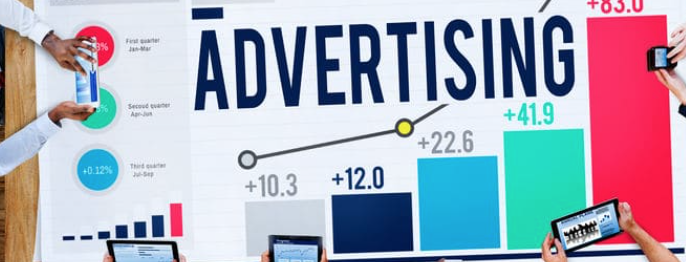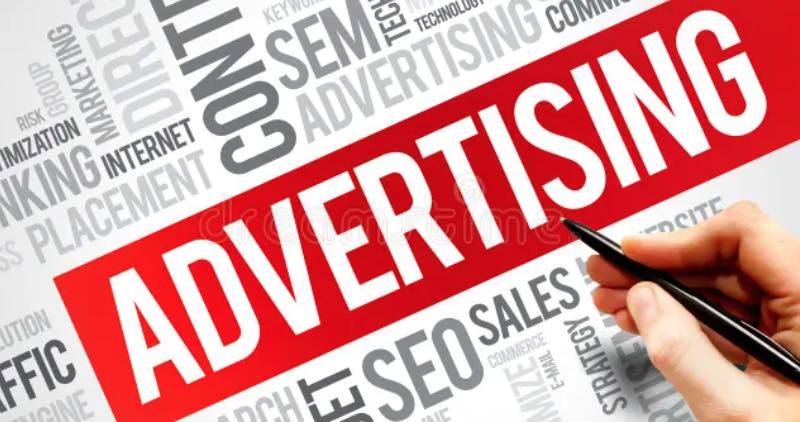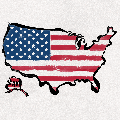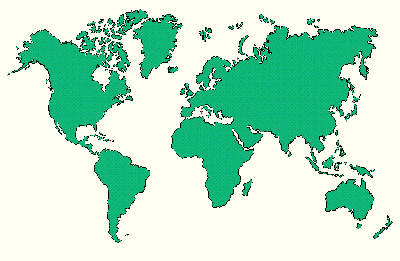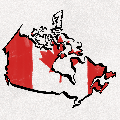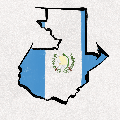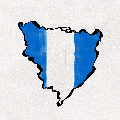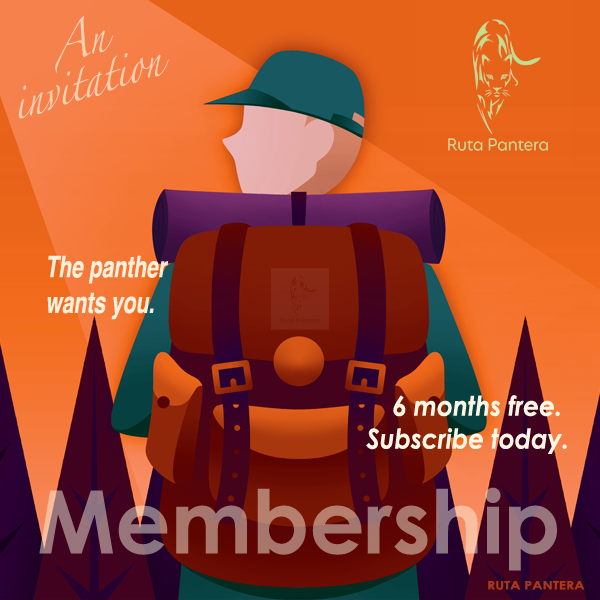What's new on Ruta Pantera.
Ruta Pantera's BioTique
Our Products
Ruta Pantera Reviews
Description

Alambique Redux in El Poblado

Neqqui Fusion at La Causa in Envigado

Custom Libations at Alquemico in Cartagena

Mexi-fusion at Guadalupe in Sabaneta
Feature Articles
Description

Impuestos y democratización del transporte aéreo en Colombia SP

Taxes and democratization of air transport in Colombia

Marline Bird ID, the magic of instantly identifying birds
Waypoint Articles
Description

The Newest Diaspora On the Planet

The Carry-on Intelligence Revolution

Sonidos en Ingles: "A-E-I-O-U"

Sola Viajera: Traveling Alone as a Woman

Articles about exciting travel experiences in our hemisphere.

